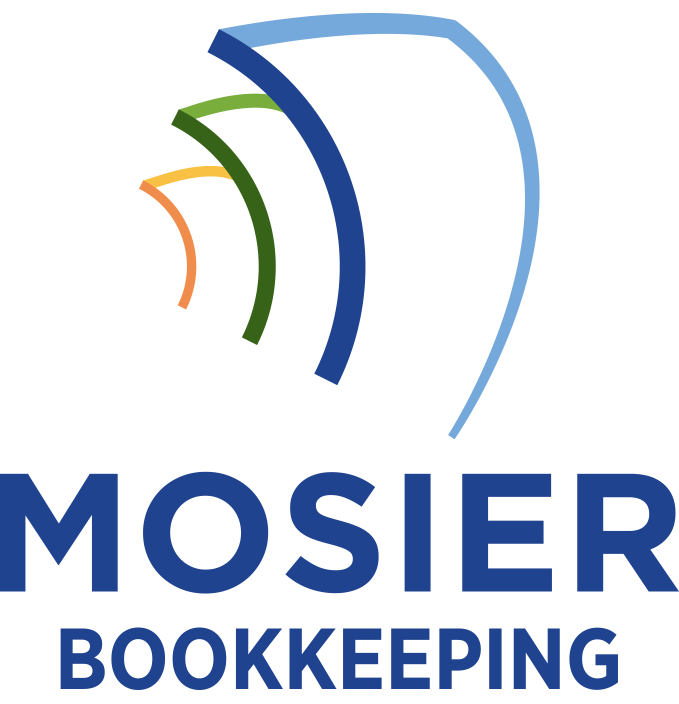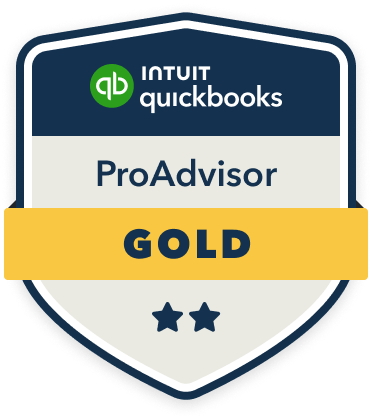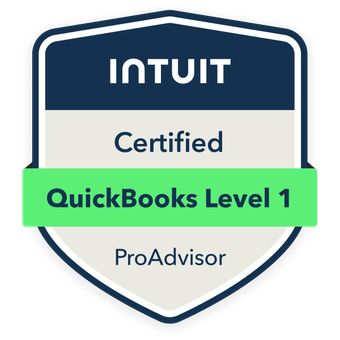I recommend integrating specialized ESG metrics into your existing accounting systems through dedicated software modules and standardized data collection protocols. You’ll need to map sustainability KPIs to specific general ledger accounts, implement supplier scorecards with quantifiable metrics, and maintain transparent audit trails through blockchain verification. Real-time environmental cost management tools and ROI tracking frameworks will help you measure both direct savings and indirect value creation. The key principles below will transform your sustainability bookkeeping approach.
Integrating ESG Metrics Into Traditional Accounting Systems

Modern accounting systems must evolve beyond traditional financial metrics to capture environmental, social, and governance (ESG) data across supply chains. I recommend implementing specialized ESG modules within your existing enterprise resource planning (ERP) software to track carbon emissions, labor practices, and supplier compliance.
You’ll need to establish clear data collection protocols, map ESG KPIs to specific general ledger accounts, and create standardized reporting templates. I’ve found that integrating blockchain technology can enhance transparency and verification of ESG metrics. Configure your system to automatically flag violations, calculate sustainability scores, and generate real-time dashboards for stakeholder reporting.
Tracking and Documenting Sustainable Supplier Relationships
While traditional vendor management focuses primarily on costs and delivery metrics, effective tracking of sustainable supplier relationships requires an all-encompassing digital documentation system. I recommend implementing a multi-tier tracking framework that captures key sustainability indicators: carbon footprint data, waste reduction initiatives, fair labor practices, and ethical sourcing certifications.
I’ve found that maintaining detailed supplier scorecards with quantifiable ESG metrics enables me to assess compliance and progress systematically. By linking these metrics to my accounting software, I can generate sustainability performance reports that align with financial outcomes, empowering me to make data-driven decisions about supplier partnerships and sustainability investments.
Implementing Digital Tools for Environmental Cost Management

Building on our supplier tracking systems, I’ve integrated specialized digital tools to monitor and manage environmental costs across our supply chain operations. I now leverage real-time carbon footprint calculators and resource consumption analytics to identify cost-saving opportunities while ensuring environmental compliance.
My implementation of cloud-based Environmental Management System (EMS) software enables precise tracking of waste reduction metrics, energy efficiency data, and regulatory requirements. I’ve configured automated alerts for sustainability threshold breaches and integrated blockchain verification for environmental certifications. This digital infrastructure gives me granular control over environmental spending while demonstrating measurable ROI from our sustainability initiatives.
Creating Transparent Audit Trails for Sustainability Compliance
Since regulatory compliance demands rigorous documentation, I’ve established systematic audit trails that track our sustainability metrics from source to reporting. I link each transaction to specific sustainability KPIs through standardized codes, enabling instant verification of environmental claims. My system captures timestamps, user actions, and data modifications, creating an immutable record of our sustainability journey.
I’ve implemented blockchain-based verification for critical metrics, ensuring data integrity across our supply chain. This enables me to generate compliance reports with absolute confidence, while maintaining strategic control over sensitive sustainability data. When auditors investigate, I provide irrefutable evidence of our environmental stewardship.
Measuring ROI of Sustainable Supply Chain Initiatives
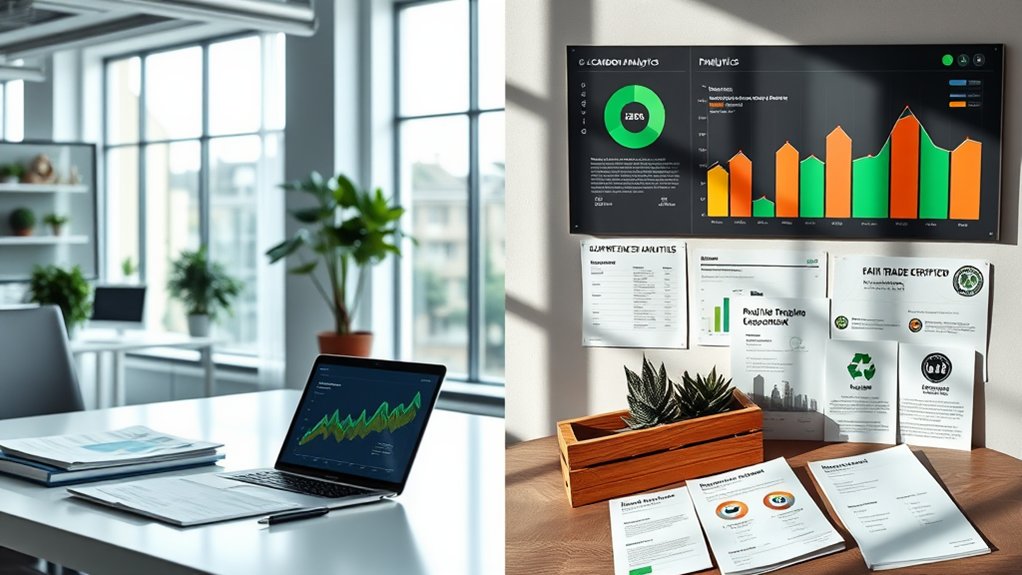
To effectively gauge our sustainability investments, I’ve developed a thorough ROI tracking framework that quantifies both direct cost savings and indirect value creation. I measure energy efficiency gains, waste reduction metrics, and resource optimization to calculate hard dollar returns. For indirect value, I track brand reputation uplift, customer retention rates, and regulatory compliance cost avoidance.
I’ve implemented a quarterly scoring system that assigns weighted values to each sustainability initiative based on its financial impact and strategic alignment. This enables me to prioritize investments that deliver maximum returns while maintaining our commitment to environmental stewardship and stakeholder value creation.
